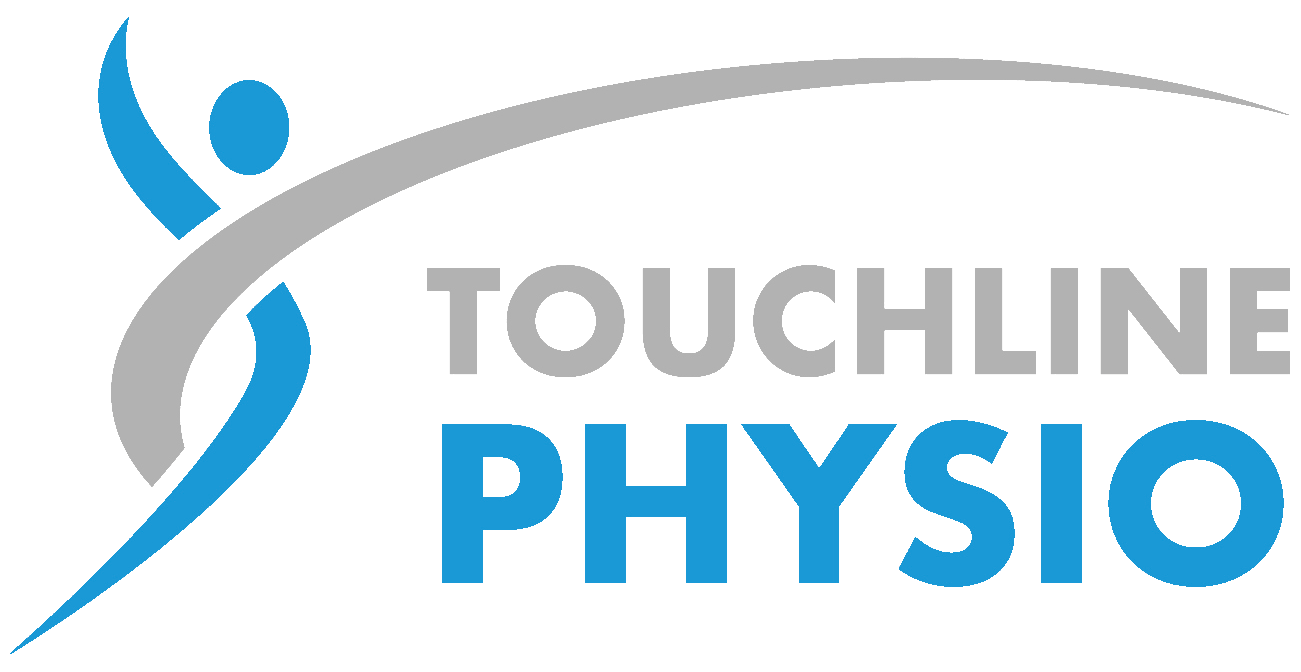Running for the over 40's
START WITH WALK/RUN
If you are new to running, start with a program of walk/run. You want to get your body used to stress and load gradually. This will be the same even if you have had a long break from running. The programs couch potato to 5K are great because they increase steadily as you feel able. Older runners tend to have an increased rate of injury as there is a delay in the muscle repair following a run, thus recovery times are longer. Walking/Running is a great form of interval training and will reduce risk of such injury and help speed up your recovery time. When you feel ready, you can increase the length of the run and reduce the length of the walk.
BODY CHANGES
Not only does our soft tissues change as we get older, our organs undergo changes too. There is about a 30-40% decline per decade in the maximum amount of oxygen the body can take up in the over 40’s. You may not be able to run as fast or you may start finding it more difficult to keep up with tough sessions. Try setting some realistic goals based on your current ability and pace yourself. It is good to push through boundaries but listen to your body and know when to ease off.
FLEXIBILITY, STRENGTH & FITNESS
As we lose elasticity in our soft tissues, we become less flexible. As a result, more stress is put through the lower limb joints when running. Warming up and stretching before a session will aid the body into readiness for the run. Cooling down and stretching after your session is a great way to reduce the risk of muscle tightness the following day.
Once running, as mentioned above, pace yourself during your runs. It might be worth incorporating other programs into your activities, such as strength training and flexibility programs. Little and often is the key. Maybe 10 minutes per day, focusing on specific exercises. Swimming, rowing, cycling, Pilates, yoga, weight training are all good ways to improve your overall body strength and fitness and will reduce your risk from repetitive loading while running.
DIET
Good nutrition is important for optimal function at any age, but as we pass 40, this becomes more important as our metabolism declines with age. Foods that are rich in both micro and macro nutrients will help fuel your runs. Fresh fruit and vegetables are rich in antioxidants. During and after your run, it is essential that take on board plenty of water.
INJURY
Approximately 80% of runners injure themselves during the first year of running. These could be caused from accidents such at spraining your ankle, however most are due to overuse and repetitive strain. Patellofemoral pain is a common problem as the iliotibial band becomes tight which causes the patella (kneecap) to move laterally. Achilles tendinitis, plantar fasciitis and low back pain are to name a few. Try to address any bio-mechanical dysfunctions that cause excessive stress prior to beginning your program. If any niggles begin, don’t just leave them and hope for the best, they will only get worse as you increase your program.


